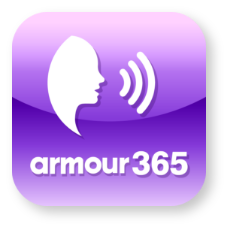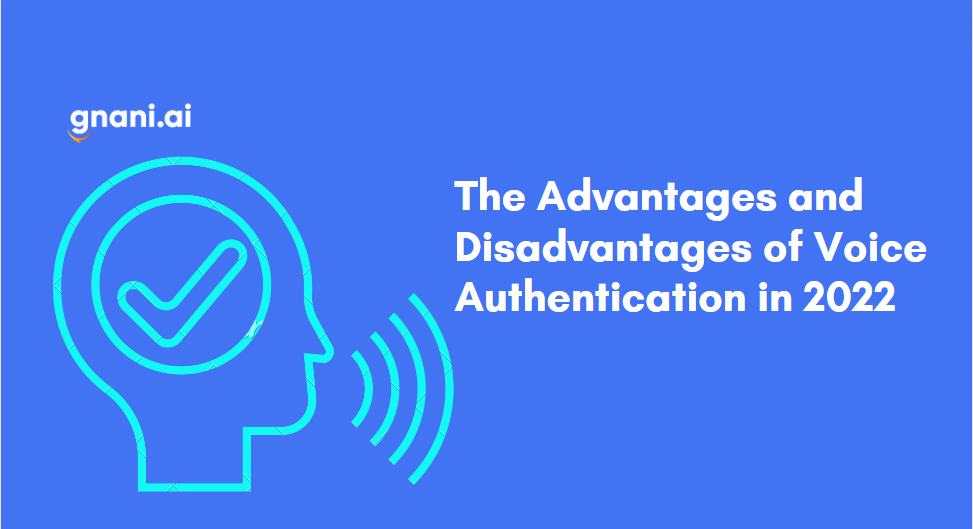Why Do We Need Voice Authentication: Its Advantages and Disadvantages
Voice Authentication or voice biometrics is one of the most advanced methods of authentication. It is far more efficient than passwords, PINs, and other two-factor authentication methods.
It provides the administrator and the end users with stronger security and seamless authentication. Voice biometric systems are used in many applications, including telephone banking, voice-over IP calls, call centers, emergency services, and e-government services.
Advantages of Voice Authentication
There are many advantages of voice biometrics. Some of them are as follows:
More Efficient
Voice biometrics is more efficient than other types of biometrics. It doesn’t require any physical contact between the user and the authentication system, which means it can be used for remote authentication.
For example, voice biometric systems can be used within call centers to verify customers’ identities without interacting with a human agent.
Increased Security
Voice biometrics is more secure than other biometric systems. It’s harder for hackers to access a voice biometric system because it requires a large amount of data and time to train an algorithm.
More Convenient to Use
Voice biometrics is more convenient because it doesn’t require physical contact with the user. It can be used to verify identities over the phone or through a computer, which makes it ideal for remote authentication.
Cost Effective
Voice biometrics is cost-effective because it doesn’t require an expensive hardware setup. It can be implemented on existing computer systems or over the phone, which makes it a less expensive option than other biometric technologies.
Boosts Productivity Level
Voice biometrics can boost the productivity level of an organization because it is easy to use, fast and accurate. It helps companies reduce the time spent on traditional authentication processes and increase their efficiency.
Disadvantages of Voice Authentication
Voice biometrics is a relatively new technology implemented in only a limited number of applications. As such, it has some disadvantages.
False Negatives
Voice biometrics may have a high false negative rate. In some cases, the technology can produce false negatives, which means that a person is incorrectly identified and denied access to a system.
False Positives
Voice authentication can also produce false positives, meaning that a person is incorrectly identified and granted access to a system. The technology is still in its infancy, so it may have some bugs that result in false positive identifications.
Privacy and Security Concerns
Voice biometrics have some privacy and security concerns. Voiceprints can be used to identify people, raising concerns about potential abuse. If a person’s voiceprint is compromised, it could lead to identity theft or fraud.
Environmental Limitations
Voice biometrics is not suited for use in extreme environments. They may not be accurate if a person’s voice is distorted by environmental conditions, such as wind or background noise.
Final Thoughts on Voice Authentication
Voice authentication has a lot of potential. They offer an alternative to fingerprint and iris scanning, which can be used when collecting or scanning a person’s physical data is difficult.
However, the technology is not yet mature and may have some limitations. Considering these factors is important before choosing voice biometrics for a specific use case.
But voice biometrics has the potential to become one of the most accurate biometric technologies. This is especially true as it becomes more widely used and tested in various environments and use cases.
Frequently Asked Questions
What is a major challenge with voice authentication?
A major challenge with voice authentication is the need for a high-quality recording of the target speaker’s voice. If the recording is subpar, it can lead to poor results in terms of accuracy and reliability.
What is the future of voice recognition?
Voice recognition is the fastest-growing biometric technology, and it’s likely to become even more prevalent in the future. This is because voice recognition can be used for a wide range of applications, including security and data collection.






דירות דיסקרטיות בחיפה
Good write-up. I definitely appreciate this website. Continue the good work!
https://www.israelxclub.co.il/
Good post. I learn something totally new and challenging on blogs I stumbleupon on a daily basis. Its always useful to read content from other authors and practice something from their websites.